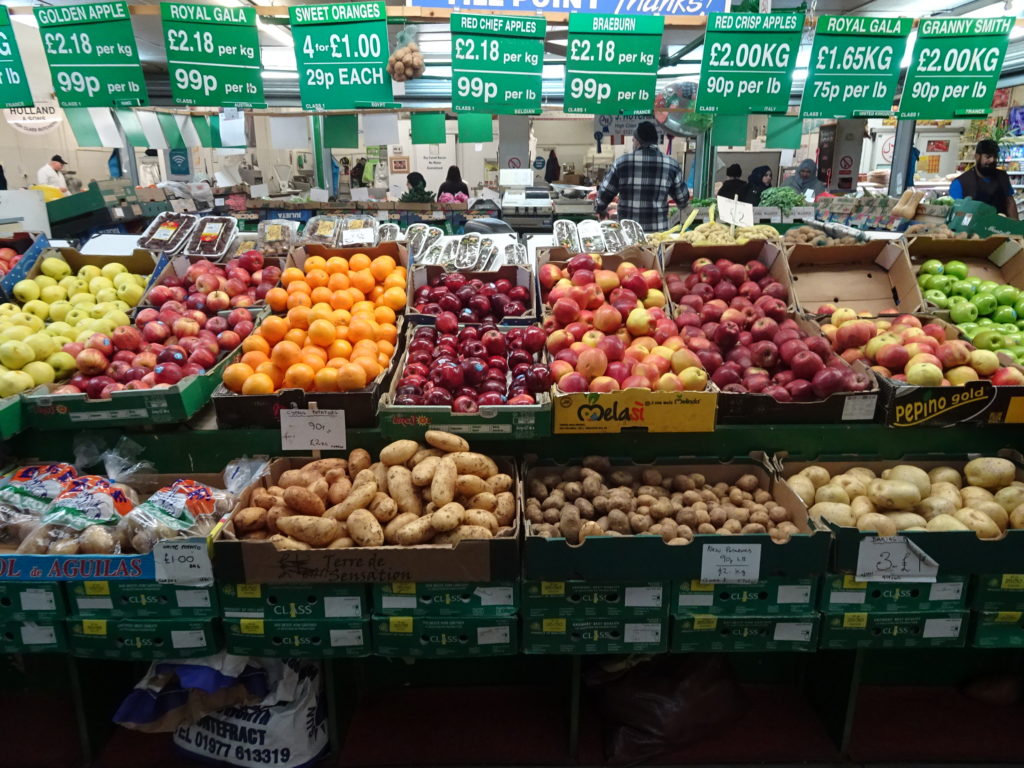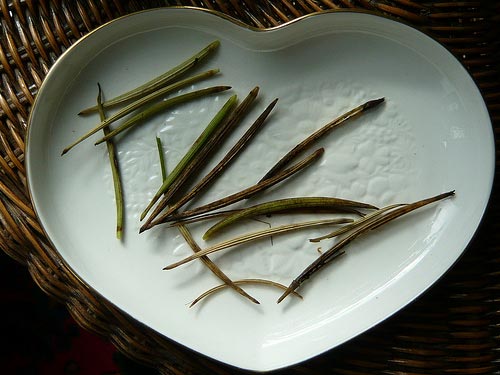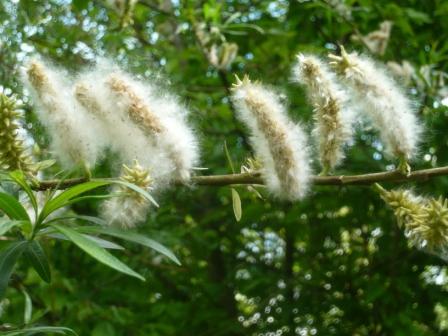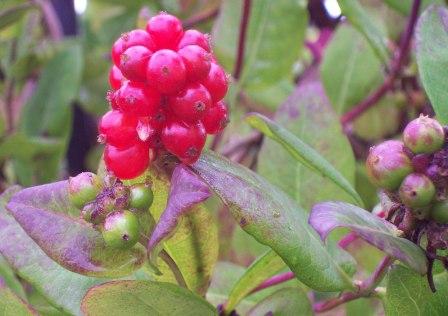Seed Distribution Methods
Trees, shrubs and all plants have developed methods to procreate and ensure the continuity of their species. ‘Natures Home winter 2018’ looks at trees that use Anemochory, Autochory, Zoochory, Barachory plus other methods. For our purposes we will look in the same order at wind distribution, explosive seed pods, animal dispersion and drop and roll plus other methods.

You might think this it is just an excuse to use this colourful photo of fruit and vegetables. Apples drop roll and rot on the ground. They are also consumed by animals and humans although most of use leave the core and seeds uneaten. Orange pips are distributed in a similar manner but the Dates at the back of the photo are eaten by animals and dropped in the dung.
Whilst potato plants multiply by underground tubers or spuds as we call them they also seed after the blue flowers. That is not the normal reproduction method in the UK. Tomato plants shed their seed when the fruit splits and can remain viable even after passing through the human body. Sewage works used to produce large numbers of tomato plants from digested seed

These Californian poppies Eschscholzia split open and spray the seed around. Here I am waiting to catch them as the ripened pods spring open.

Wind blown seeds are well known from our childhood with Dandelion clocks and Sycamore spinners that fly away from the parent plant. Some seed like Alder are designed to float on water whilst many use a variety of distribution methods.
Animal dispersal or Zoochory is often achieved by the ingestion of berries so birds are a main method. There are seeds that stick to animal fur like Teasels to ‘hitch a ride’.
